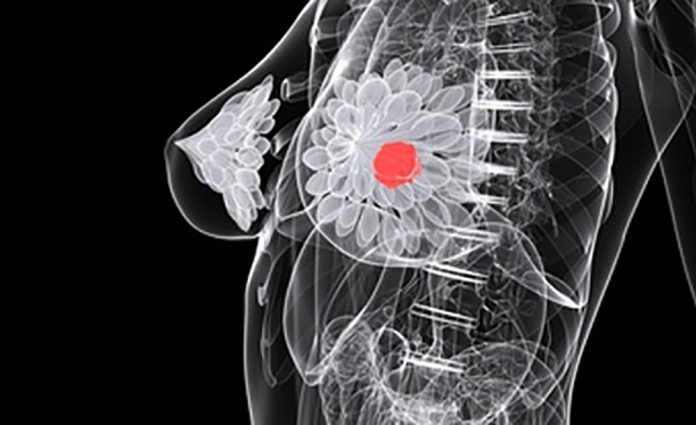
A study led by the University of Nottingham comparing the accuracy of AI with expert human mammogram readers shows no difference in performance for image interpretation.
“The results of this study provide strong supporting evidence that AI for breast cancer screening can perform as well as human readers,” said lead investigator Yan Chen, professor of digital screening at the University of Nottingham, U.K., in a press statement.
“I think it is too early to say precisely how we will ultimately use AI in breast screening. The large prospective clinical trials that are ongoing will tell us more. But no matter how we use AI, the ability to provide ongoing performance monitoring will be crucial to its success.”
Mammographic breast screening is widely used to screen women for signs of early breast cancer, but is not always accurate. It can miss some cancer cases and some women also receive false positive results and have to undergo unnecessary biopsies.
To minimize the risks of inaccurate results, many places employ a “double read” policy where each image is looked at by two expert readers, which increases cancer detection rates and keeps false positives low. However, this is a very time-consuming and resource-intensive approach.
In the current study, published in the journal Radiology, Yan Chen, professor of digital screening at the University of Nottingham, U.K., and colleagues assessed if an artificial intelligence (AI) algorithm could take the place of a second mammogram reader.
Personal Performance in Mammographic Screening (PERFORMS) is a test that human mammogram readers are required to pass before they can work directly on patient images. Chen and team used this test to assess the performance of a commercially available AI algorithm for reading mammograms.
They compared the results of human readers and AI at correctly interpreting 60 mammogram images rated as “challenging.” The images included 161 normal breasts, 70 showing signs of cancer and nine with benign growths.
Using recall thresholds that matched average human performance of 90% sensitivity and 76% specificity, the AI reader had a sensitivity of 91% and a specificity of 77%.
“Mammogram interpretation remains one of the most difficult areas of radiology and is as much an art as it is a science… The precise role of AI is still to be determined; however, studies such as the one conducted by Chen et al. will help move the field in a positive direction,” writes Liane Phillpotts, professor of radiology and biomedical imaging at Yale School of Medicine, in an accompanying editorial in the same journal.
“As a second reader, it appears AI has a definite role that should ease the demanding job of reading large volumes of screening mammograms.”












